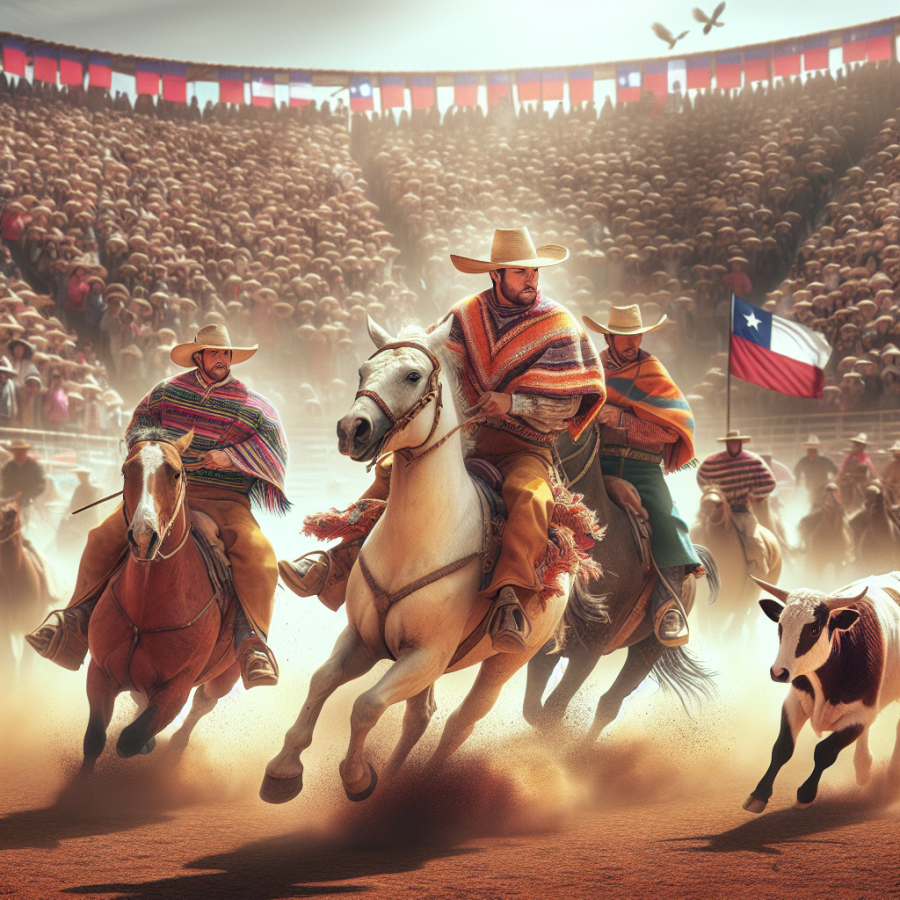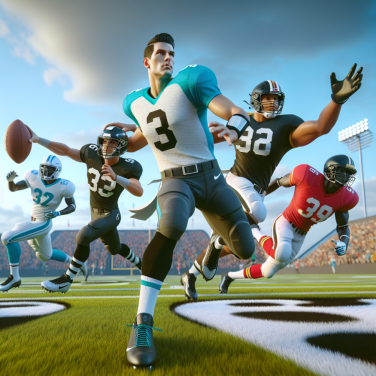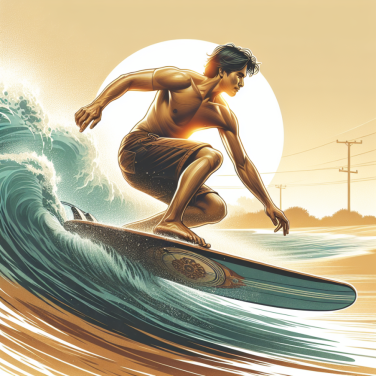The Intense Connection Between Huasos and Their Horses
In the heartland of Chile, the bond between a huaso and their horse is not just a simple relationship but a profound alliance built upon mutual respect, trust, and an unspoken understanding. These huasos, the Chilean cowboys, are not only skilled horsemen but also caretakers who live and breathe the equestrian lifestyle.
A huaso's day starts with the sunrise and often ends long after the sun has set. They spend countless hours training, grooming, and caring for their horses, forming a bond that is essential for the intense environment of the Chilean rodeo arena. This bond is founded on a deep-seated tradition of equine care that is passed down through generations of huaso families.
The training of a rodeo horse is an art in itself, demanding patience and an intuitive communication that transcends verbal commands. Huasos develop a unique language of subtle cues and gestures that allows them to guide their horses through the intricate maneuvers required in the medialuna, the crescent-shaped arena where Chilean rodeos take place. Horses learn to respond to the slightest shift in weight or the gentlest touch of the reins.
As in any dedicated partnership, the success of a huaso and their horse in the rodeo ring heavily relies on their synergy. During a rodeo, as the pair work to stop a calf, the crowd observes a ballet of power and precision. The horse, attuned to the intentions of the huaso, charges towards the target, muscles coiled like springs, then unloads its energy in a burst of speed. At the crucial moment, it demonstrates an uncanny ability to pivot and turn, mirroring the subtle commands of its rider, whose posture and balance never falter.
Outside of the competitive arena, this connection has practical implications as well. Working on the vast haciendas, Chilean horses and huasos must navigate the Andean terrain, herd cattle, and complete the myriad tasks that comprise the huaso's daily life. It is here, amid the dust and the routine, that the trust between horse and rider becomes a matter of survival and efficiency, further solidifying their connection.
Special breeds are favored for rodeo activities, with the Chilean horse, known for its strength, agility, and good temperament, being the breed of choice. These horses are bred and trained to handle the rigors of rodeo events, requiring them to be both athletic and intelligent.
Read also:
Mastering the Wave: The Ultimate Guide to Skimboarding
Exploring the Cultural Significance of Chilean Rodeo
Chilean rodeo is more than just a thrilling sporting event; it is a deep-rooted cultural tradition that holds significant importance within Chilean society. Dating back to the 16th century, it started as a way for huasos, or Chilean cowboys, to round up cattle for agricultural purposes. Over time, it evolved into a competitive sport that became a definitive expression of Chilean identity, particularly in rural areas of the country where the connection to the land and livestock remains strong.
What distinguishes Chilean rodeo from other variations of the sport is its unique combination of skill, artistry, and communal celebration. The rodeo is performed in a medialuna, a crescent-shaped arena, where riders known as the collera work in pairs to halt a calf by pinning it against large cushions lining the arena walls. This requires a high level of horsemanship and coordination between the riders and their horses, a skill that is often passed down through generations.
The cultural significance of Chilean rodeo extends beyond the medialuna. It is a gala event where families gather, regional culinary delights are savored, and traditional Chilean music fills the air. The cueca, the national dance of Chile, is often performed, symbolizing the courtship between a rooster and a hen. Huasos take pride in their attire, wearing the elegant chupalla hats and colorful mantas, embodying the essence of Chilean folklore.
Moreover, rodeo season is a time where communities come together to celebrate their heritage. Local crafts, such as silverwork and leather goods which are integral to the huaso attire, are showcased and sold at these events, supporting the livelihood of local artisans. Chilean rodeos also often include religious ceremonies, reflecting the strong Catholic heritage of the country.
Critics of Chilean rodeo often point to the concerns about animal welfare. However, for many Chileans, the rodeo is seen as an event where the relationship between horse and rider, as well as the mutual respect for the livestock, is a testament to the huaso’s way of life. Rules and regulations are strictly enforced to ensure the safety and well-being of the animals involved.
The discussions and debates surrounding Chilean rodeo attest to its relevance in contemporary Chilean society. It is not merely a sport but a lively arena where social issues, rural economies, and cultural preservation intersect.




